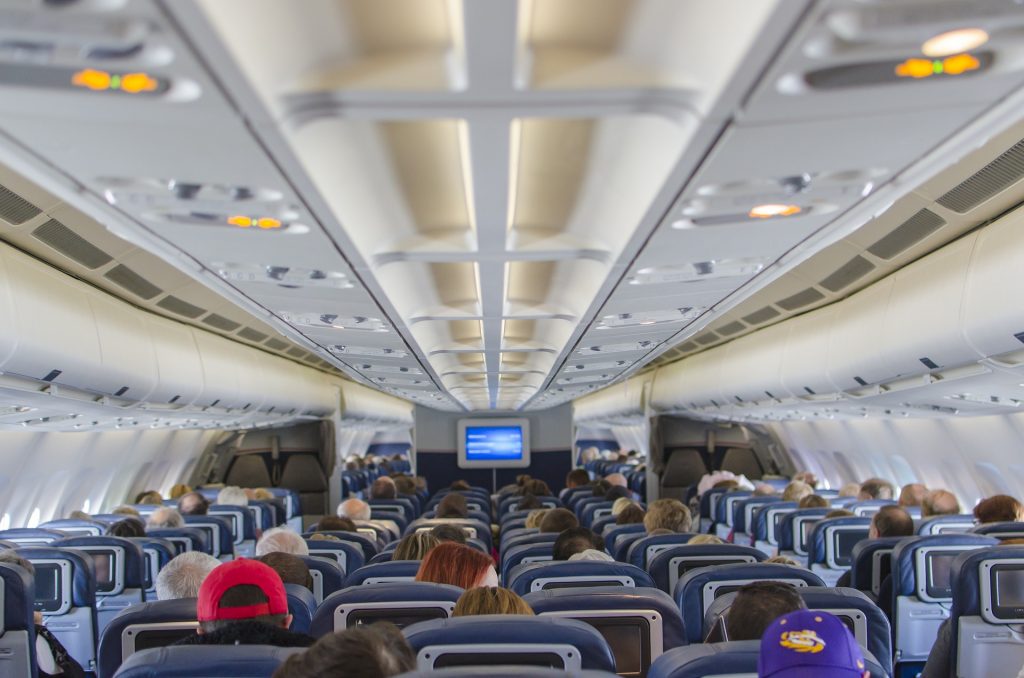Couples Vacation in Phuket + Pha Nga Bay (James Bond Island)

Come relax on the beaches of Bangtao in Phuket, Thailand. Then jump on a boat to explore Phang Nga Bay and James Bond Island!


Couples Vacation in Phuket + Pha Nga Bay (James Bond Island) |Hey Nadine



























